In the Foundations of Wonk posts, I’m exploring the YA books I read as a child that influenced my views of relationships, romance, and gender, and continue to influence my writing today. My last post, about On Fortune’s Wheel by Cynthia Voigt, can be found here.
Kate is not a pretty girl.
Kate has a face “like a stone wall.” She’s interested in ideas, not only because she is intelligent, but as a kind of defensive coping mechanism, because she lacks any semblance of beauty or grace. Kate is also a lady-in-waiting to the Lady Elizabeth, a woman who will one day be queen.
When Kate’s beautiful, graceful, charming sister Alicia writes Queen Mary a letter deploring the conditions under which the Lady Elizabeth lives, Kate is unfairly blamed and banished to live in a castle in the north, a place with the ominous name of The Perilous Gard.
Christopher, the younger brother of the lord of the manor, has banished himself to live in the hermit’s hut on the property as a self-punishment for an act over which he feels enormous guilt. Kate is intrigued by Christopher, and by rumours of a mysterious group of people who live “under the hill” on the manor land, people the villagers call the Fairy Folk. Soon Kate finds Christopher, and herself, captive in a land without sunlight, and with nothing but her will and her wits to save them both.
The Perilous Gard is a retelling of the Ballad of Tam Lin, which Anna Cowan wrote about in this post.
The first time I read The Perilous Gard, I was also not a pretty girl. I was in fifth grade, eleven years old, interested in boys who were not yet interested in me. “A face like a stone wall” felt like an accurate description of myself, as did the idea of a girl with few social skills and many defense mechanisms. The idea of becoming the hero of my own story, and winning over a reluctant but handsome young man due to my intelligence and daring, was incredibly appealing.
The fifth or sixth time I read The Perilous Gard, I was a teenager, and I began to notice the complexities of female power in the novel. Alicia, Kate’s sister, has traditional feminine power in her beauty and innocence. But the setting of the novel is a book full of women with other sorts of power: Queen Mary, Lady Elizabeth, the Lady in the Green who is the Queen of the Fair Folk, Kate herself. Each of these women has a complicated relationship with society and with each other.
My most recent reading of The Perilous Gard, probably for the thirtieth or fortieth time, came after the death of my father-in-law and my husband’s subsequent depression. I had always known that Kate rescues Christopher at the end of the book, but this time I saw all the ways in which Kate rescues Christopher emotionally, when he’s described as living, yet already dead. When they are both captive beneath the hill, Christopher as a prisoner to be sacrificed on All Hallow’s Eve, Kate as a lady-in-waiting to the Queen of the Fair Folk, Kate comes to Christopher’s cell each night and talks to him, planning for the future, shoulder-to-shoulder in the dark, as a way to make him believe that his life is worth living, that his guilt doesn’t have to define him. She pushes and plans and drags him back into the emotional light.
The interaction between Kate and Christopher in that dungeon is the most accurate portrayal of marriage I’ve ever read. Shoulder to shoulder, in the dark, reaching out to comfort and plan, finding a reason to keep going in the sound of each others’ voices– powerful commentary for a children’s book.
A good book lasts through multiple readings; some of the most powerful books we read over and over again, finding something new in them each time. I have spent over twenty years reading The Perilous Gard. It has shaped my views of relationships and how a marriage should look, given me a realistic and beautiful example to find for myself. I’ve read other versions of the Tam Lin ballad; while I love the story, none of the other tellings of it have ever done for me what Elizabeth Marie Pope’s version does.
What are the relationships or love stories that have shaped your idea of marriage or romance? Do any of you have a book that you can pinpoint that was pivotal to your understanding of relationships? What are the foundations of your wonk?

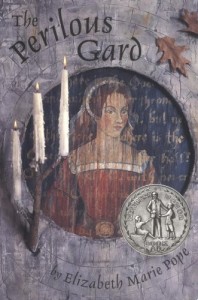



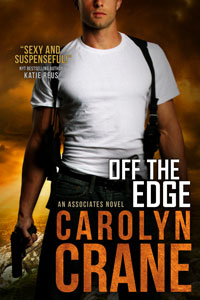
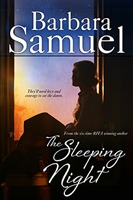
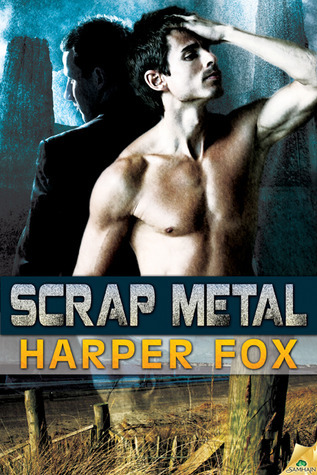
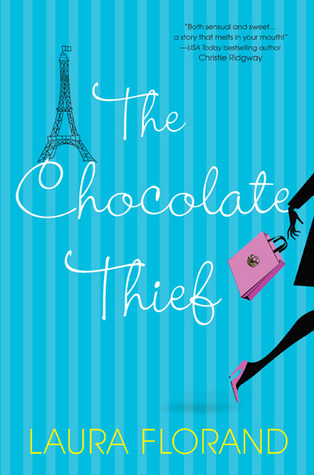
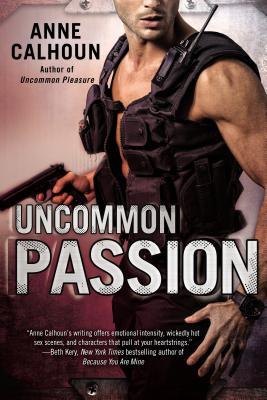
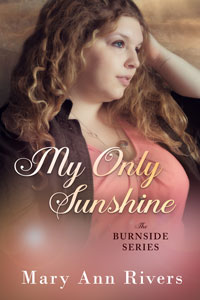
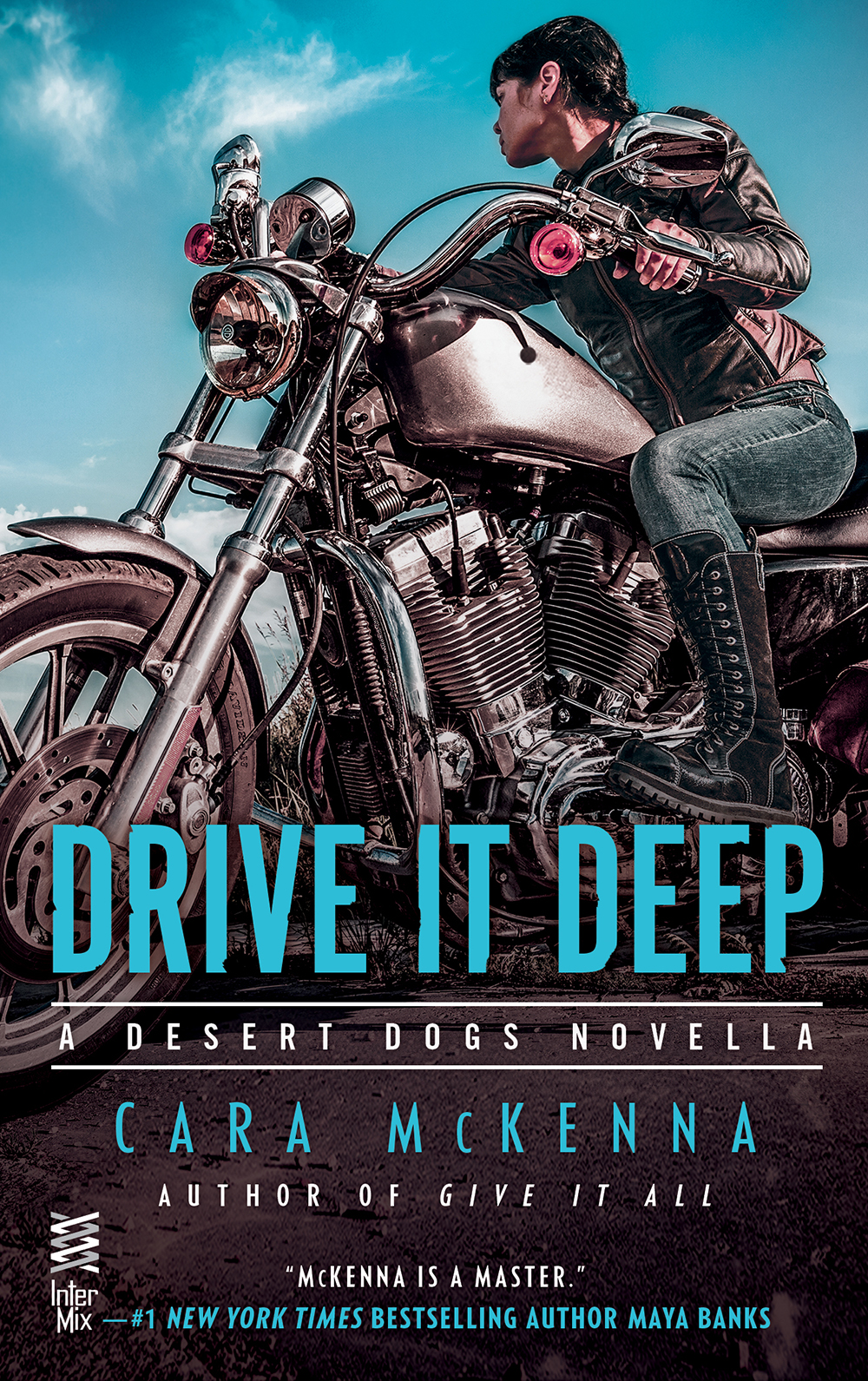
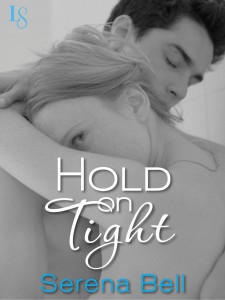
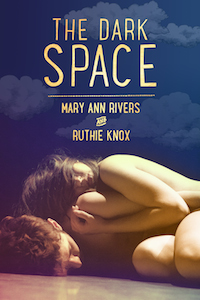
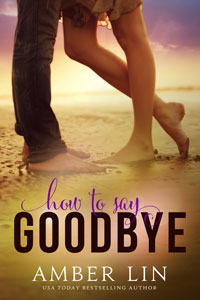
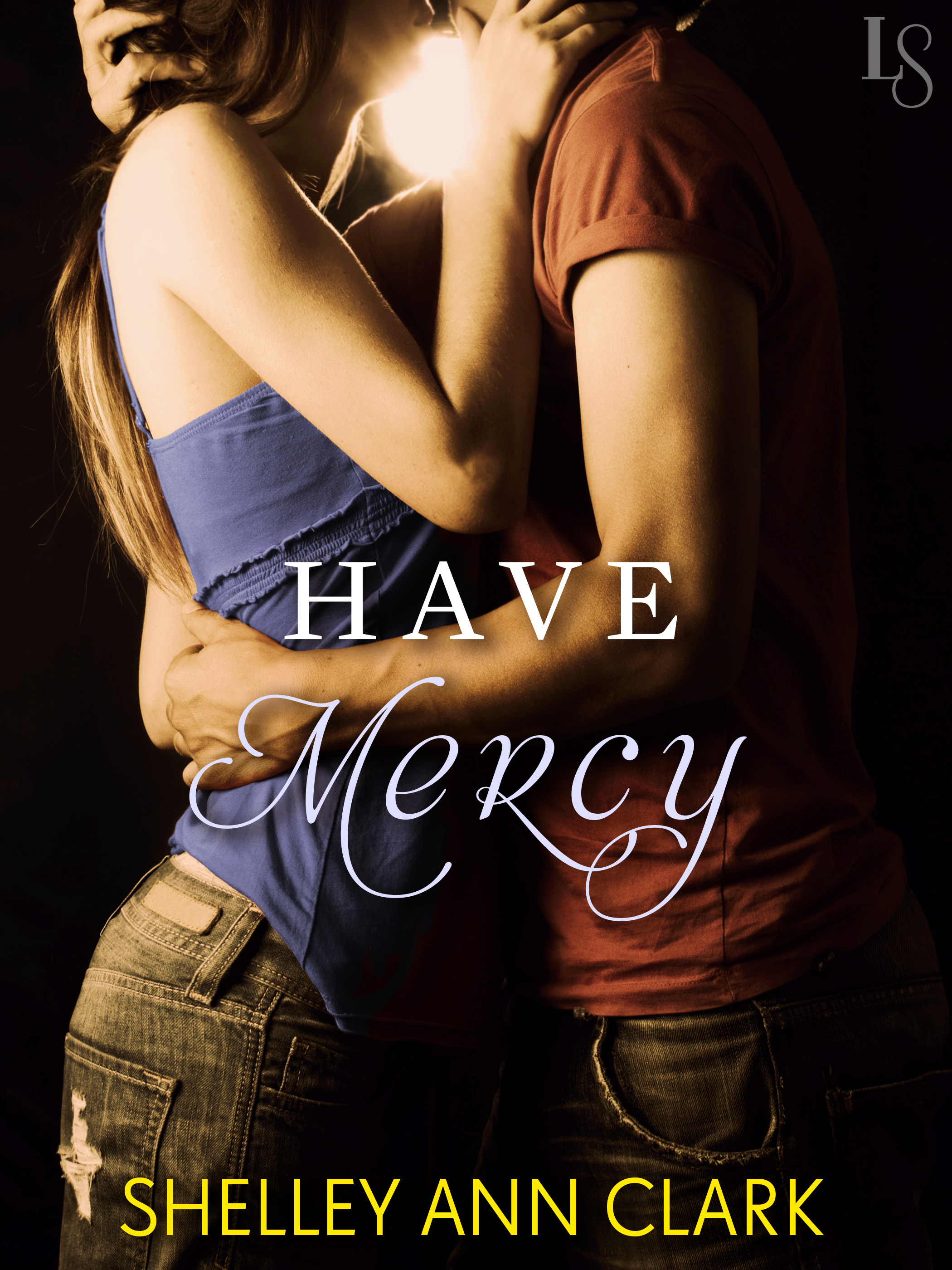
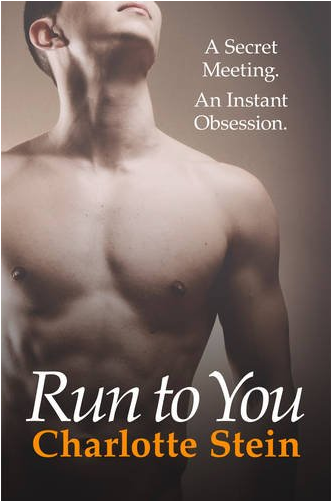
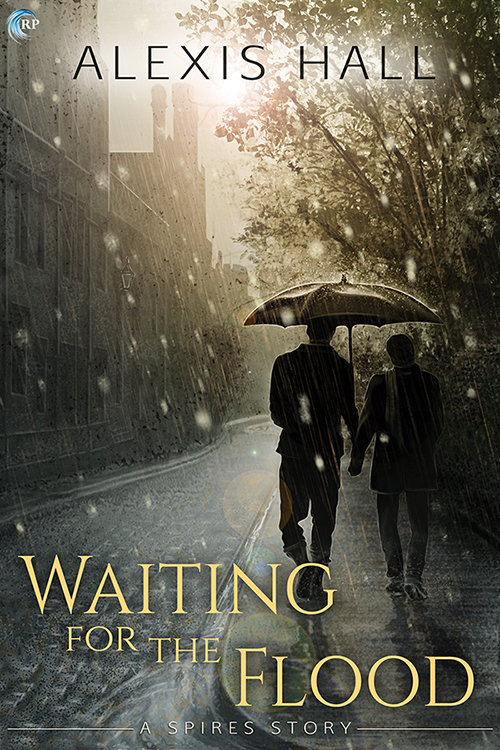
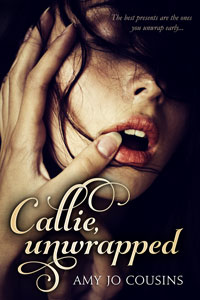
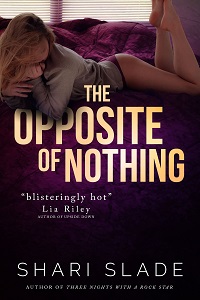
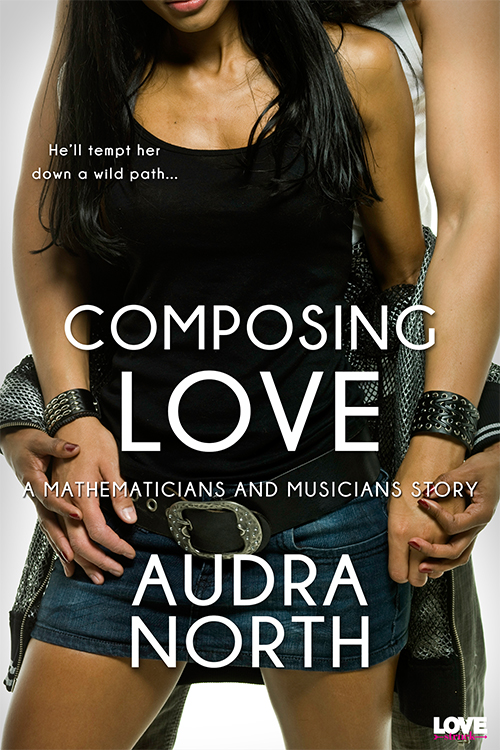
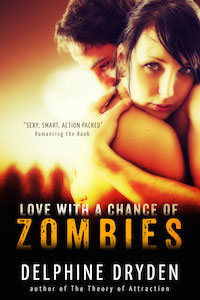
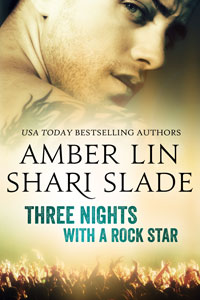
“Do any of you have a book that you can pinpoint that was pivotal to your understanding of relationships?”
That’s an interesting question. I immediately thought of The Belgariad series. One of the cornerstones of relationships in those books, something I only noticed as I got older and was well past a dozen re-reads, was the balance between power and personality.
In these books, each character in a relationship has some kind of supernatural power or an important trade/skill necessary for the quest. Age is also a factor, as many of the couples have age gaps, anywhere from two decades to two thousand years. The romantic entanglements do not have a power balance in the typical ways, like same education, same age, same values. The couples, to work, have to find other ways to balance each other, and this is never easy and always a negotiation.
There are also quite a few strong personalities in those books–crazy temperaments and powerful quirks that would make any romantic relationship difficult.
The thing I’m thinking about today, after reading your post, is how the expectation was never to change or temper these eccentricities, it was never to remove the imbalance. It was always about appreciation. As if the characters took an oath that said we will indulge (when it’s not harmful) and appreciate and respect these crazy differences we have. We will enjoy them rather than see them as sticking points or obstacles.
This is so phenomenally hard to do in real life. So hard. But I’ve been thinking about it in my WIP. One of my characters says something like, ‘you make my brain hurt and it hasn’t hurt this good in a long time. I need this.’ In this moment he’s appreciating the eccentricities of the gal and incorporating it into his experience rather than pushing it away.
That’s a really lovely thought, that idea of finding someone who appreciates the differences, who allows us to be our most “us.” That’s not a series I’m familiar with– who’s the author?
The books are The Belgariad and The Mallorean by David Eddings. If you grad them, skip the prologues.
Starts with The Pawn of Prophecy.
http://www.amazon.com/Pawn-Prophecy-David-Eddings/dp/0345296370/ref=la_B000AQ3E7A_1_1?s=books&ie=UTF8&qid=1377027982&sr=1-1
There are two books that really stand out in my memory: Beauty, by Robin McKinley, and The Book of Ruth, from the Old Testament of the Bible. I know, wtf, right? But somehow it just kind of happened. What came across to me in both books was not just the sheer amount of respect that the heroines received from men (when put into context of their cultures) but also the respect they gave. They also had fantastic relationships with other women based on loyalty and support, rather than competition. In both stories, the women got what they wanted, even needed, through some degree of sacrifice. In my twenties, despite reading and loving those texts for years, I suddenly scoffed at this notion because I misinterpreted independence and feminism.
Now that I’m growing out of that, I love these books again.
I could also write ad nauseam about how religious texts have influenced my reading and writing, but that’s more like a whole bunch o’their own posts.
I think you’ve hit on something here that I’ve sort of been circling around, that notion of romance involving respect. I think one of the reasons I love The Perilous Gard so much is that there is a moment in the end of the book when the Lady in Green offers Kate a love potion to make Christopher love her, and Kate declines. The Lady then makes a deep bow to her before disappearing into the night.
I think, too, about Jane Eyre, another foundational text for me, and about On Fortune’s Wheel– all three are books about women becoming worthy of respect, and they find love after they find respect. Interesting.
I think that respect is hard to see when it’s there, because often it is integral to the heroine’s arc, built in to whatever lesson she needs to learn. Whether she starts out with that kind of give/get respect or not, it’s an important vehicle that she can use to get where she needs to go.
But when it’s not there…whoa. It makes me want to hurl the book across the room (which is not very cost-effective now that I only buy e-books).
I was just thinking about another book I love, though it was certainly no relationship model for me– Gone with the Wind. Scarlet is often not particularly respectable, and she doesn’t always get respect from the other characters in the book. And it’s when Rhett stops respecting her that she loses him. That whole, frustrating book is her journey of trying to find respect/become worthy of respect and failing at it, because she’s so human and so very flawed. Such a good book, such a complex character– and so not a romance.
Oh! You are so right. A perfect example.
In high school I was obsessed with The Glass Menagerie. Like, scribbling quotes on my brown paper book covers obsessed. Also, Jane Eyre. And Heaven by VC Andrews.
Make of this what you will.
Ah, THE PERILOUS GARD. One of my favorite 2nd-wave feminist YA’s. Never read it as a child, but discovered it when I began to teach a class on children’s and YA Fantasy. I used it as a touchstone text, an example of the innovations feminism brought to the writing of children’s fantasy. Hard to imagine the wealth of interesting female fantasy protagonists today without the pathbreaking work of Pope and McKinley…
Oh man, how did I miss this post? Or this book?! My yearny adolescent self would’ve been all over the idea of nurturing some handsome, broody exile-boy’s will to live. Adding it to my TBR now, for the next time I’m craving the comfort of a YA.
Pingback: Recent Reading and Surfing: All Kinds of Books | Something More
I was 15 when I first read Jane Eyre. I felt like Jane too, “plain, little and obscure”. Hungry for… something, anything. All around me my friends took boyfriends left and right and I could not understand reasons for the attraction (But he’s TALL!/He’s cute/He plays guitar) or their superficial fights (He didn’t call me last night!/He didn’t say hi to me on the way to Math/He was looking at her while I was talking to him). I really didn’t get it back then. Then I read Jane Eyre and I finally gained some hope that deeper relationships were possible. Jane finds someone to connect with and to talk to. Someone who sees her as an equal. Rochester’s speech about how he and Jane were connected and that he would probably bleed internally if they were to be apart just about ripped me to shreds. Yep, that book set the standards for relationships for me, which is both a curse and a blessing. ;)